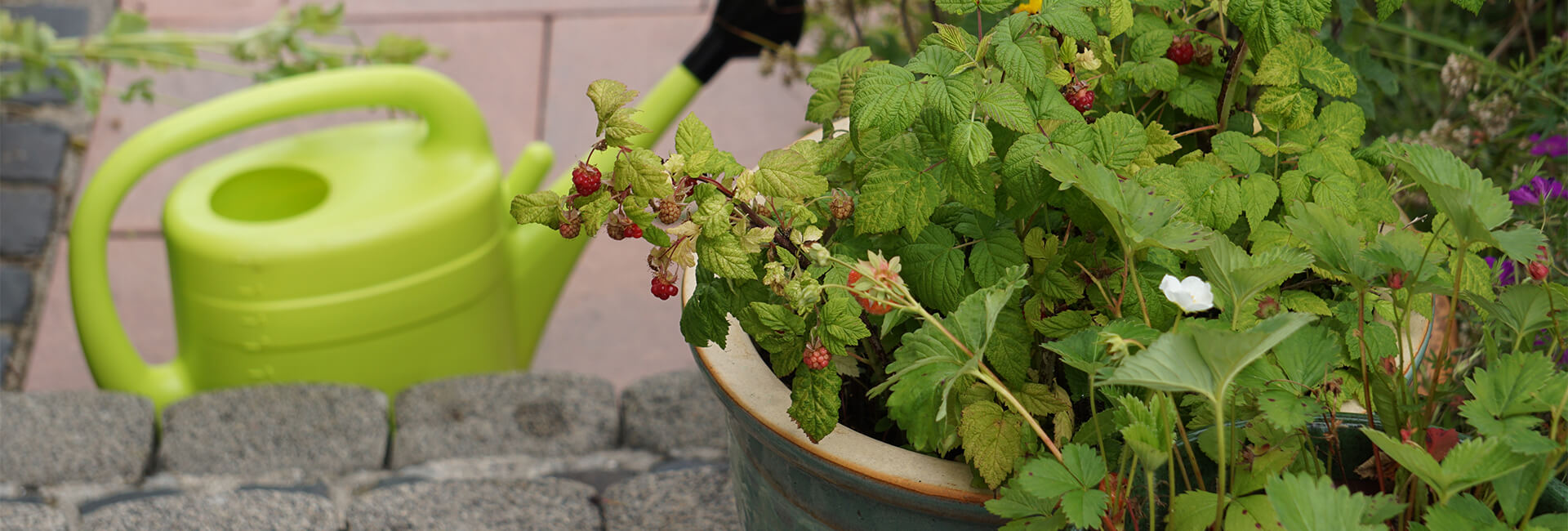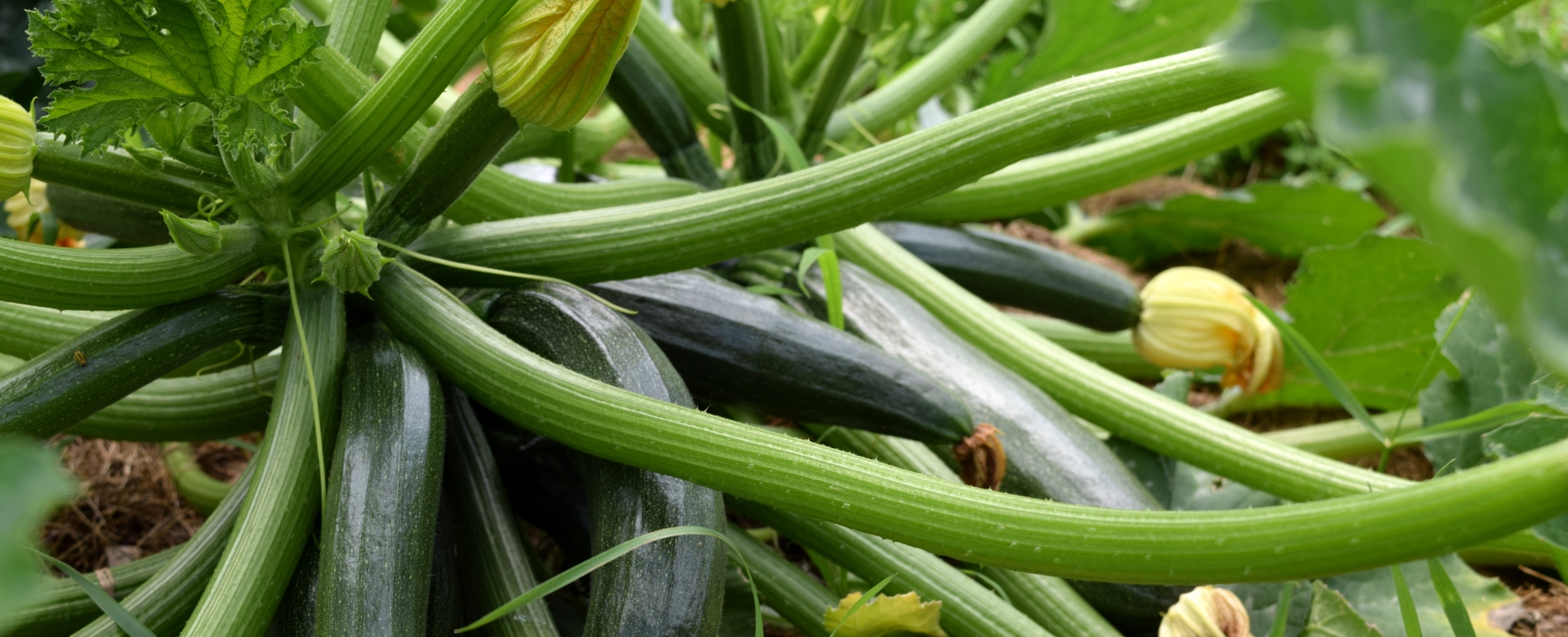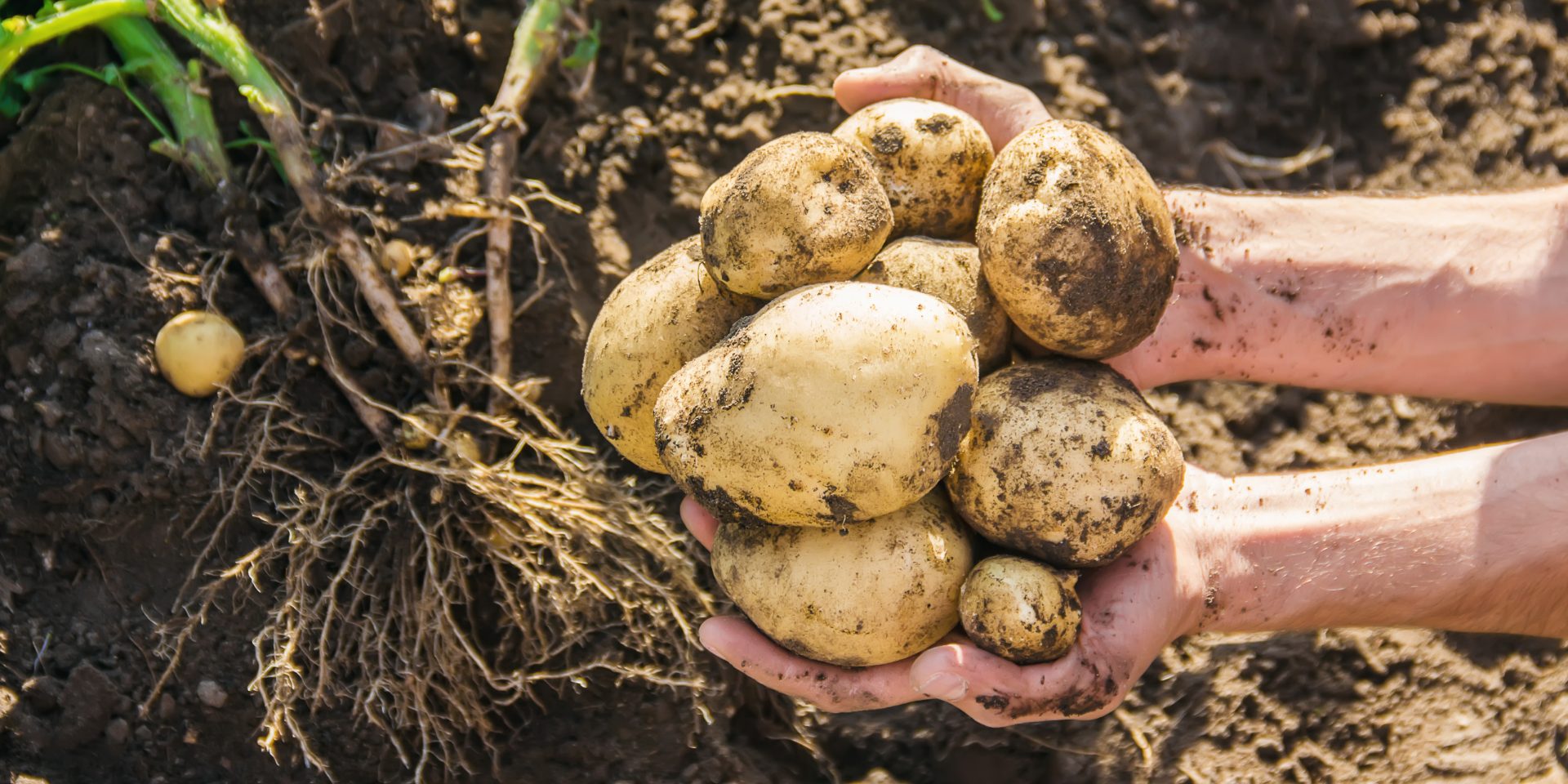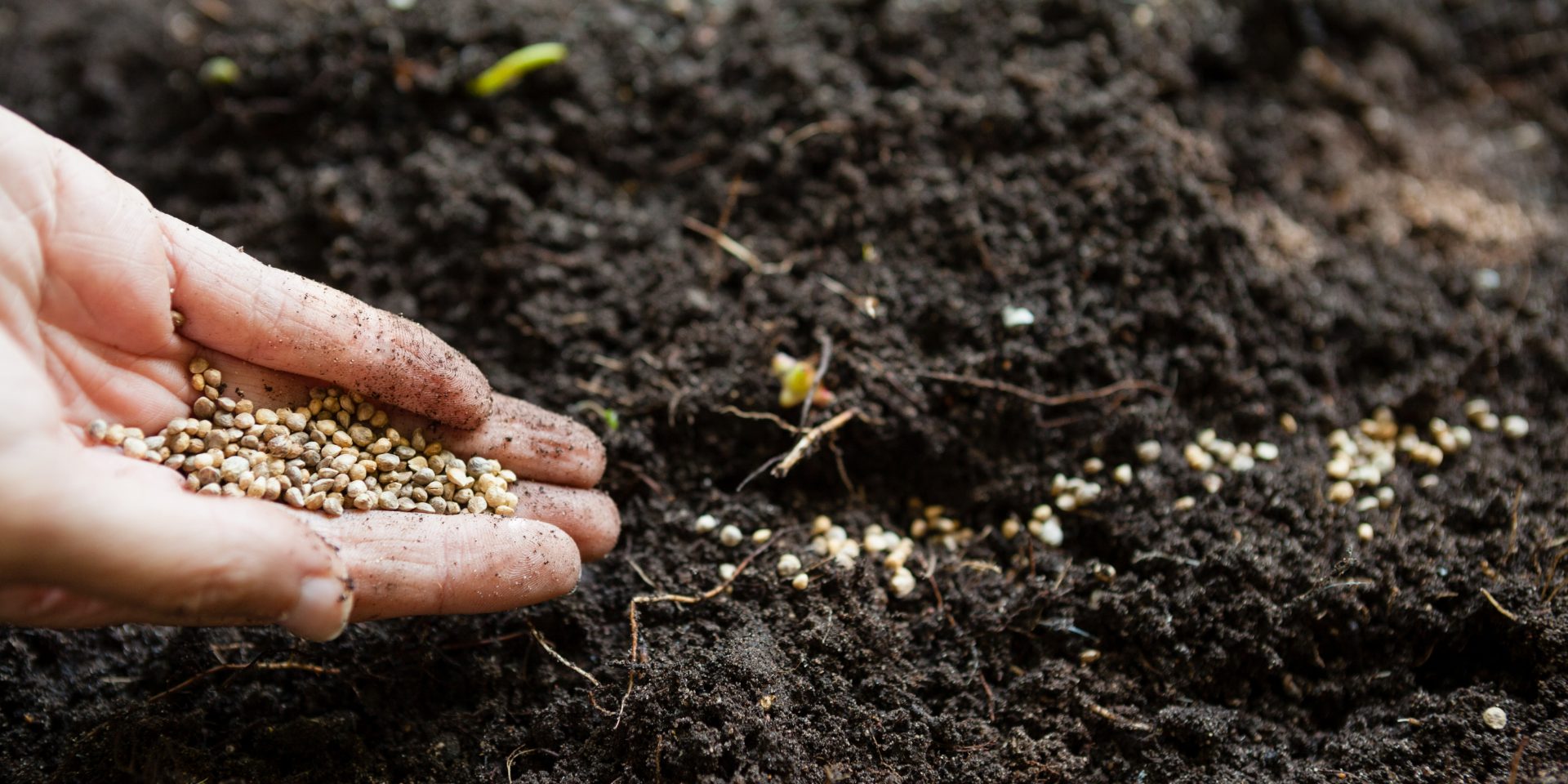Raspberries or strawberries work great in container gardens. They add a splash of springtime color, when in bloom, and can produce fresh berries all summer long.
Not to mention, growing raspberries in a container is great if you have limited space, might move in the future
(take your plants with you!), or want to conserve water.
Yet, growing raspberries in pots requires planning.
Raspberries require specific soil conditions, and some raspberry varietals are better suited for container
growing than others. Raspberries also have specific sunlight requirements; where you position your container is
important.
All of these factors can make or break your container garden.
However, if you choose the right varietal, use a large enough container, get the right amount of sun, and pick
the right soil type, your raspberry plants will thrive. Need some help getting started? This Homegrown guide
covers everything you need to know about growing raspberries in pots.
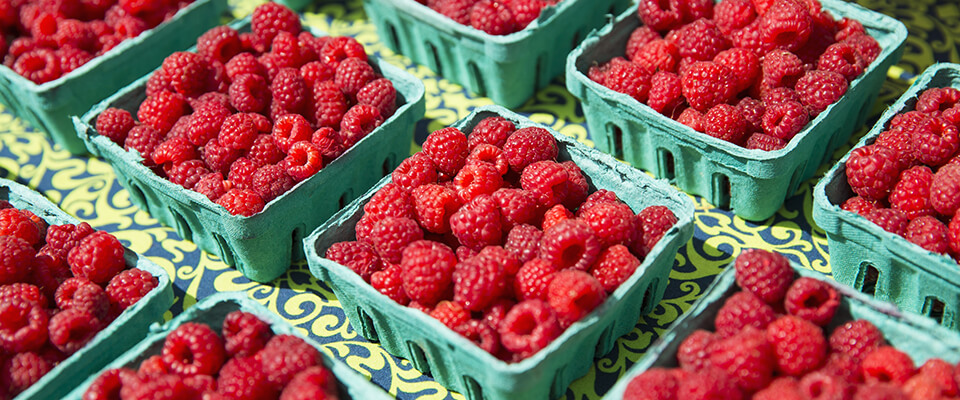
Choosing Varietals: Best Raspberries for Containers
In general, the best raspberries for containers tend to be smaller, sturdier and bushier varietals.
You can also pick between ever-bearing and summer-bearing varietals. Ever bearing, for example, tend to be
preferred for container gardens, and produce crops in the spring and fall. Summer-bearing plants produce for
about 4 weeks in mid-summer.
Some popular raspberry varieties for container gardens include:
- Heritage Red: An ever-bearing varietal, Heritage Red can grow up to 5-6 feet tall (which may
require support). It’s known for growing large red berries and producing two crops per season; a smaller crop in mid-July and a larger crop in fall. Heritage Red is heat-tolerant, which makes it great for warmer climates. - Autumn Bliss: This variety is shorter than most and sturdy enough to need little support. It is a
fall-fruiting raspberry that produces heavy crops of large, flavorsome berries from August until the
first frosts. It’s also known for its disease resistance. - Raspberry Shortcake: This is a dwarf, thorn-less variety that is well suited to growing in large
pots. It’s a compact plant that produces mid-sized, flavorful berries. It’s perfect for small spaces and patios. - Jewel Black: This variety produces black fruit rather than the traditional raspberry. It’s
known for its large, sweet, and juicy berries. It’s a summer-bearing variety that is highly productive
and disease resistant. - Malling Jewel: This is a robust and low-growing summer fruiting type. It’s less vigorous than
other varieties, making it suitable for container growing. It produces medium-sized, dark red berries
that are known for their excellent flavor. - Glencoe Purple: This is a cross between black and red raspberry plants. It’s a non-spreading and
bushy variety, reaching less than three feet tall. It produces purple, flavorful berries. It’s known for its disease resistance and ability to adapt to various climates.
Which Container Should You Use for Growing Raspberries?
When it comes to containers, you should consider 1) size, 2) drainage, and 3) support.
1. Container Size
Raspberry plants have a fairly extensive root system and require a good amount of space to grow properly. For
container gardening, it’s recommended to use a container that is at least 24-36 inches in diameter and a
similar depth. A half barrel works great.
A large container allows the roots to spread. This improves support and maximizes growth and fruit yields.
Another option: Choose a dwarf variety like Raspberry Shortcake. A 5-gallon container might work for a dwarf
raspberry plant. See: “Growing Guide: Fruit Trees for 5-Gallon Containers”.
2. Good Drainage
Without proper drainage, raspberry roots can get waterlogged. This can cause root rot, as the roots stay
saturated for too long and begin to mold. Here are tips for good drainage:
- Choose a container with holes in the bottom
- Add a layer of pebbles or broken pottery to the bottom of your container
- Use a well-draining soil mix that includes perlite and other coarse materials
- Elevate the pot off the ground with a stand
3. Support Your Raspberries
If you plant a taller variety, consider adding support. Some options include wooden or bamboo stakes, trellis,
tomato cages, or garden towers. Whatever you choose, follow these tips:
- Use twine to loosely tie raspberry canes to your supports
- As the plant grows, adjust the ties
- Shelter your plants to avoid strong winds
- Stake your supports to prevent them from blowing away in strong winds
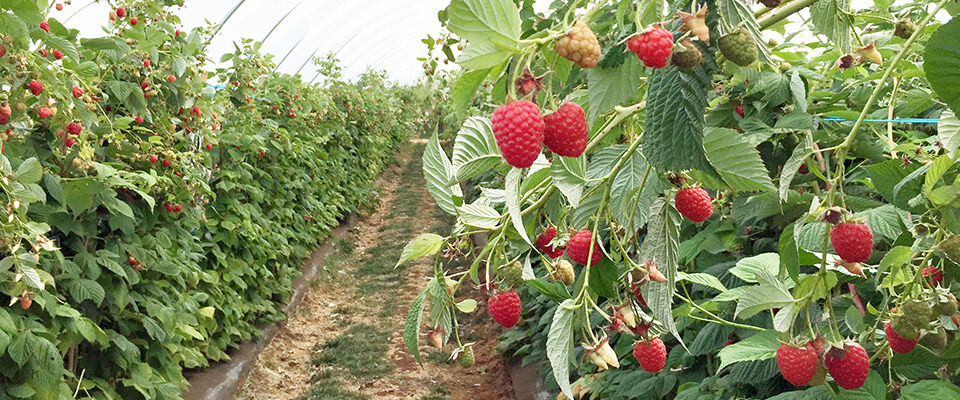
What Soil Type Do Raspberries Need?
When choosing a potting mix for your raspberry plants, use soils that meet these conditions:
- pH Level: Raspberries prefer slightly acidic soil with a pH level between 5.5 and 6.5.
- Well-Draining: Raspberries hate “wet feet,” so the soil needs to drain well. Choose a potting mix
that contains perlite, vermiculite, or sand. - Rich in Organic Matter: Raspberries are heavy feeders. Add compost, well-rotted manure, or leaf mold to increase the soil’s organic content.
- Loamy Texture: Raspberries prefer loamy soil, balanced with a mix of sand, silt, and clay.
Need to amend it? You can raise acidity with lime or reduce it with sulfur. You can also add perlite, organic
fertilizer, worm casings, and other amendments to improve quality.
Planting Tips for Container Raspberries
You have two options for potting raspberry plants: bare-root plants and potted transplants.
Bare-Root
Bare-root raspberries are dormant plants that are essentially a root ball attached to dormant canes. These are
available in winter and early spring, and they tend to cost less.
Instructions. Start by soaking the roots prior to planting. Then, dig a hole that’s large enough for the
root ball after you’ve spread it out. Place the root ball in the hole with the crown at the surface of the soil. Then, water thoroughly.
Potted Plants
These are young plants that are ready to be transplanted in a larger, permanent container. Generally, transplants are best planted in spring or early summer.
Instructions. When repotting raspberry plants, water the plant prior to removing it. Then, dig a hole that
leaves room around the plant. You can test the size by placing the existing pot into the hole. You can gently
tease the roots apart, if the plant is root-bound. Then place in the hole and backfill with rich soil.
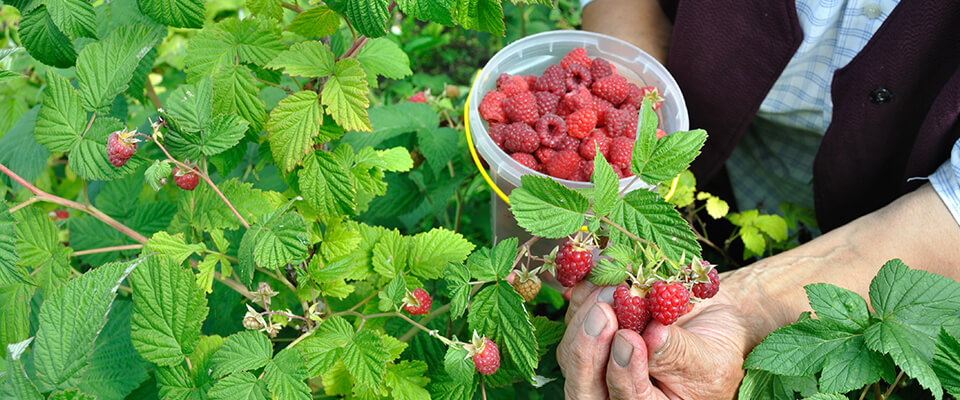
Caring for Container Raspberry Plants
Raspberries are low maintenance. But they do require regular fertilization, pruning, and winter care to thrive.
These care tips will ensure long-term success:
- Sunlight: Raspberry plants require 6-8 hours of sunlight each day.
- Watering: Water regularly to keep the soil consistently moist. Let the top 1-2 inches of soil dry
out between waterings. - Fertilizer: Use a balanced, slow-release fertilizer or compost at the start of the season and then
every 4-6 weeks (about 1 and a half months). - Pruning: Raspberry plants should be pruned annually. The timing depends on the varietal. This
encourages new growth and better fruit yields. - Repotting: A healthy raspberry plant will outgrow its container. Plan to re-pot every 2-4 years.
- Pest Control: Raspberries are prone to aphids and raspberry beetles. An organic pest control can
typically cure the problem. - Disease Control: Fungal diseases are common. One cause is often overcrowding. Pruning and exposing
your plant to a steady breeze can help prevent it. - Winter Care: In winter, shelter your containers, and consider wrapping them in burlap (in cold
climates). A thick layer of mulch will also protect the roots.
Start Your Container Raspberry Garden
Raspberries are the perfect addition to your patio or backyard garden. Fortunately, most raspberries are easy to
care for, and you can have long-term success and berries all season long.
Need some help? Stock up on organic gardening supplies at Homegrown Outlet. See our locations in New York for
organic fertilizers, soil amendment supplies, and more.

